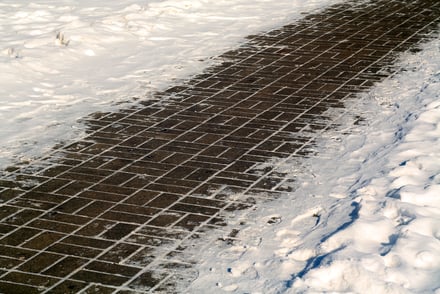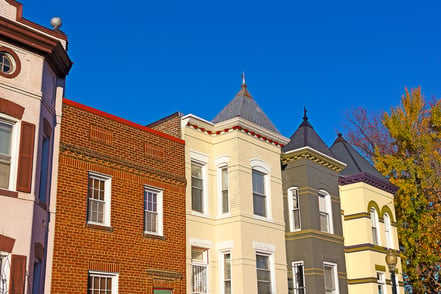Windows define the character of a building. Their size, placement, style and material contribute to how a building looks and feels,
The original windows in historic homes were custom made. Each one may be a little bit different from the others. As the building ages, older windows may also have shifted and changed. After 100 plus years, they are probably not exactly square, but they do still fit their openings.
Wood windows made prior to the 1940s are likely made from old-growth wood. This wood is significantly denser, durable, rot-resistant, and dimensionally stable. New wood windows, while preferable to new vinyl or composite windows, still do not match the quality and durability of historic wood windows.
Historic windows were made from individual parts. Each of these - the rails, stiles, muntins, stops, sill, stool, jamb - can be individually repaired or replaced in kind.
Energy efficiency can be improved by adding weatherstripping and storm windows. Both interior or exterior storm windows will significantly reduce heat loss and boost the occupants' comfort level without having to replace the window.
Easy, Low-Cost Window Energy Efficiency Tips
- Caulk around the window opening on the exterior.
- Caulk around the window trim on the inside.
- Add weatherstripping to the window sash.
- Use interior or exterior storm windows or thermal panels.
- Make sure sash lock brings the sash together tightly.
- Use curtains and blinds to keep hot sun out in the summer and warm air in during the winter.
Source: Community Preservation
Renaissance Development, a leader in historic preservation, specializes in the repair and restoration of historic homes. We love old homes and are committed to preserving their historic charm and value. If your renovation plan includes masonry or brick repair, contact us for a free site visit and quote.
Tags:
RepairOct 1, 2015 8:30:00 AM


